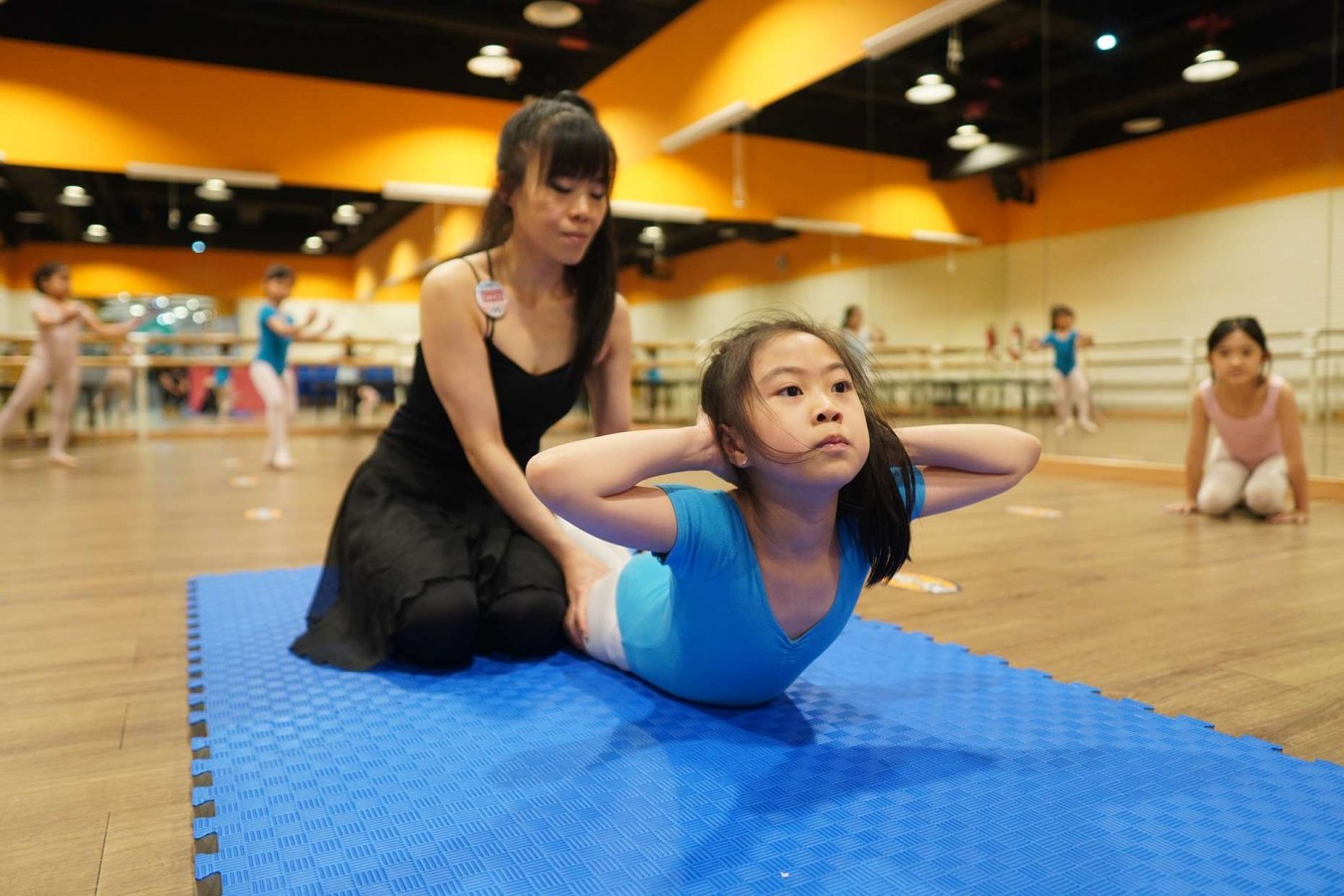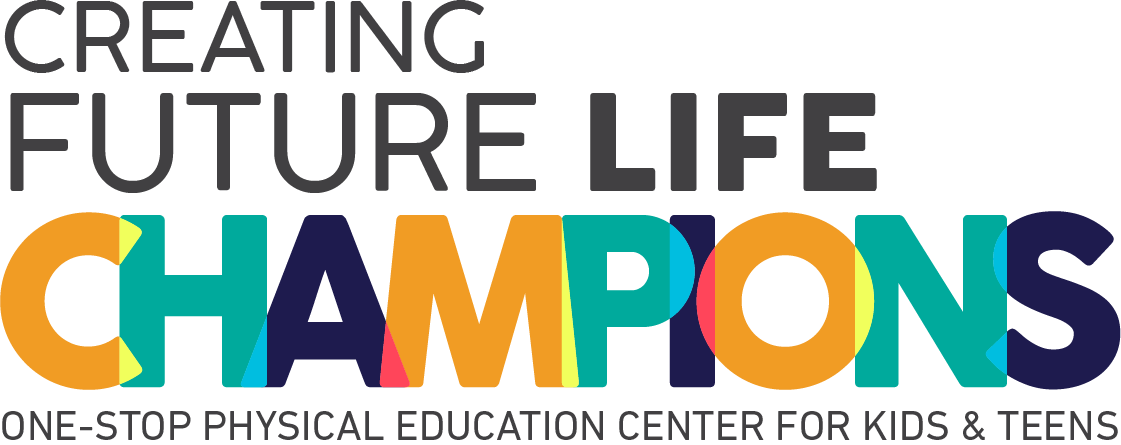Postural Alignment in Contemporary Dance: What It Is and Why It Matters
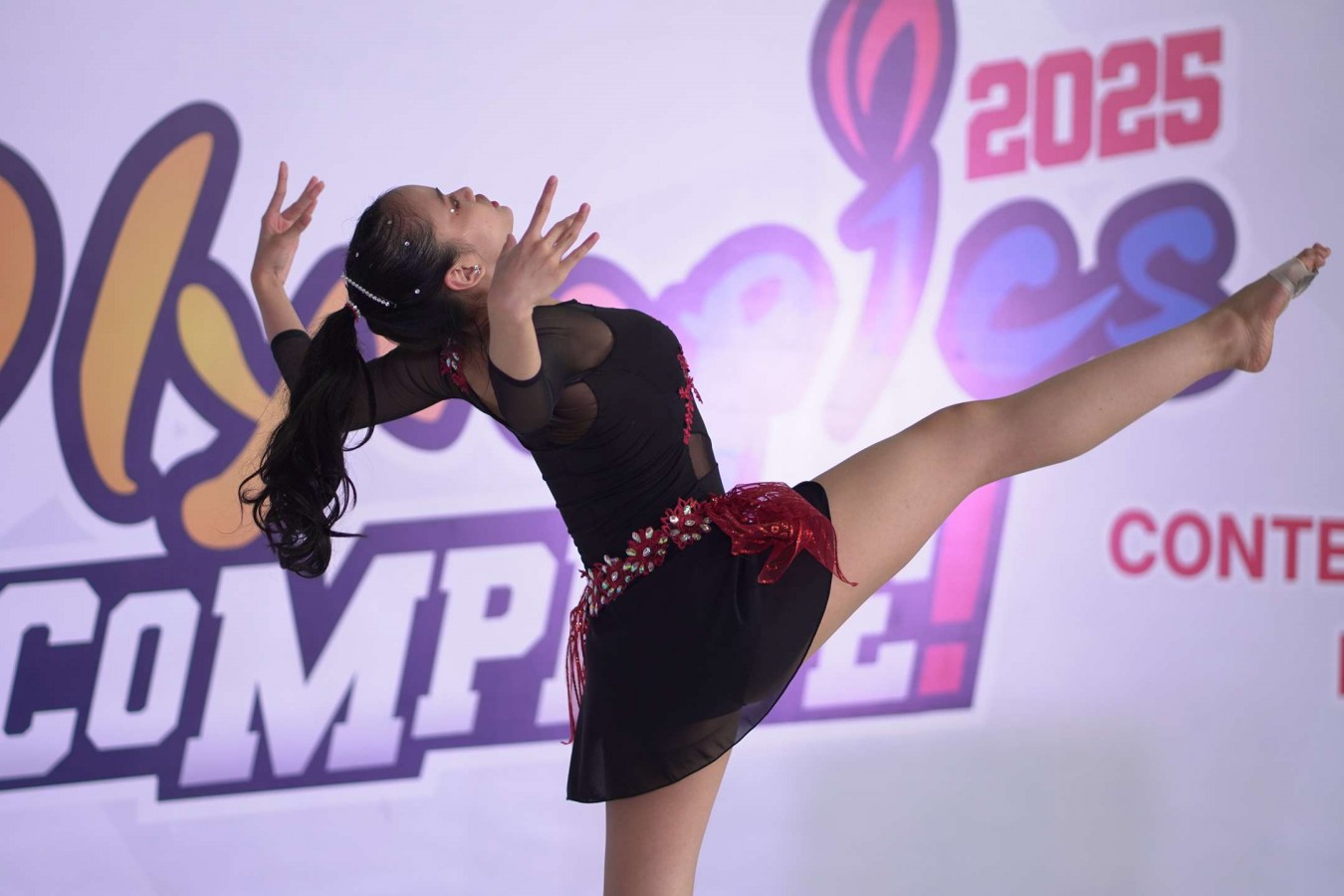
Postural alignment in contemporary dance refers to the way the body’s parts are stacked and balanced in relation to gravity, serving as the invisible structure that makes movement efficient, expressive, and injury‑safe.
In contemporary dance technique, alignment isn’t about rigidity or aesthetic perfection, but about cultivating a neutral, dynamic posture from which fluidity and creativity can emerge naturally.
Today, we'll explore what alignment means in contemporary dance, break down its key elements, explain why it’s so essential for dancers, and share practical tips to help you cultivate strong postural alignment in your own training.
What Is Alignment in Contemporary Dance?
Alignment is the posture foundation, how the head, spine, pelvis, shoulders, hips, knees, and ankles line up in relation to each other. In dance, proper alignment reduces unnecessary muscle effort, enhances balance, and lets gravity work with you instead of against you.
Alignment and posture help dancers work with gravity with minimal muscular effort while maximizing movement impact.
In contemporary dance, alignment is never static. Dancers continually move through multiple planes and must manage dynamic alignment while maintaining the body's integrity, then quickly return to a neutral posture.
This neutral base supports expressive deviations that are intentional, stylistic, and safe.
3 Key Elements of Proper Alignment for Contemporary Dancers
Mastering proper alignment helps dancers maintain control, prevent injuries, and perform with greater clarity and intention. These are 3 core alignment components every contemporary dancer should understand:
1. Skeletal Structure
The skeletal system acts as the body's structural foundation for alignment. For dancers, it’s important to learn how to position their bones to support efficient movement and balanced weight distribution.
This involves keeping a neutral spine, activating the core, and ensuring proper joint alignment.
2. Muscular Balance
Muscular balance is the harmony between muscles that work together to create movement. When this balance is maintained, dancers can move with more control, accuracy, and ease. However, muscle imbalances can disrupt alignment and raise the risk of injury.
3. Spatial Awareness
Spatial awareness is the ability to recognize where the body is positioned in space. Dancers must stay mindful of their environment and understand how their body relates to other dancers, the floor, and nearby objects.
Why Postural Alignment Matters
Postural alignment is more than just good posture, it’s a foundation for every movement in contemporary dance. When the body is properly aligned, dancers can move with greater efficiency, control, and expression.
It also plays a critical role in preventing injuries and building long-term strength and stability.
- Energy Efficiency and Aesthetic Quality
Aligned dancers use less muscle tension for greater effect, creating the illusion of ease even in complex choreography.
- Injury Prevention
Poor alignment forces joint and muscle compensation. Over time, this can lead to strain, pain, and injury. Especially in the back, hips, knees, and ankles.
- Enhanced Technique & Precision
A well‑aligned body executes turns, jumps, extensions, floorwork, and partnering with greater control and consistency.
- Greater Presence and Expression
Alignment increases body awareness and spatial control, allowing for expressive nuance and dynamic phrasing that draw in the audience.
Tips for Cultivating Good Postural Alignment
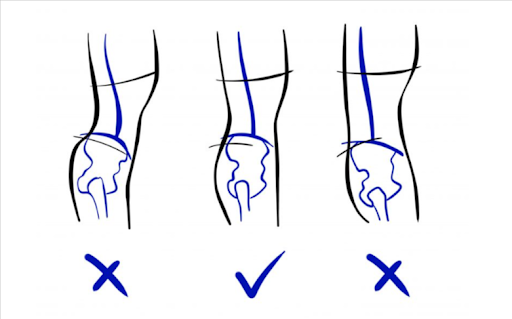
Developing good postural alignment takes awareness, consistency, and the right technique. With mindful practice and simple adjustments, dancers can improve their alignment both in stillness and in motion.
Here are some practical tips to help you build strong, balanced alignment in your contemporary dance training:
1. Self‑Check Exercises
Before diving into complex movements, it’s important to understand your own body’s alignment and control. These self-check exercises are simple yet powerful tools to build body awareness, improve posture, and prepare your muscles for more demanding work.
- Pelvic tilts
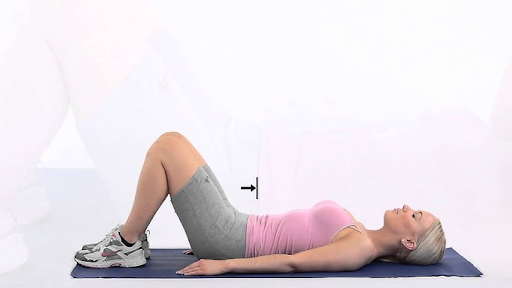
Lying on your back with knees bent, tilt pelvis forward and backward until the hip‑bone (ASIS) and pubic bone are level. Finding the neutral pelvis position.
- Wall alignment
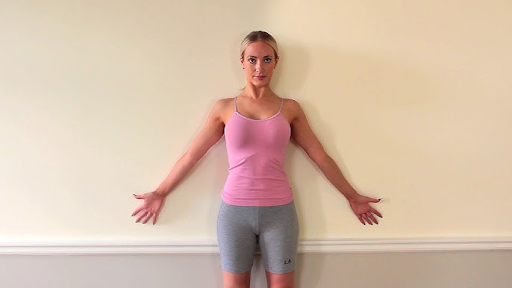
Stand with your heels, buttocks, shoulders, and head lightly touching a wall. Tuck the chin slightly and keep the spine neutral. This builds awareness of vertical alignment.
- Planks and bridges
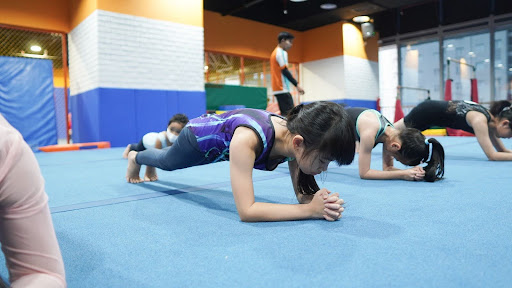
Planks activate deep core muscles; bridges help reinforce hip‑spine connection and glute engagement.
2. Studio Awareness Cues
Once you step into the studio, small adjustments in posture and movement can make a big difference in performance and injury prevention. Keep these cues in mind during practice to help refine your technique and maintain proper alignment from head to toe.
- Shoulders: Lift and gently release down. Keep arms long and soft through the sockets.
- Head: Imagine a plumb‑line from head to tailbone; avoid jutting or tilting.
- Knees & toes: In pliés, mind that knees track over toes; avoid collapsing or over‑rotating at joints.
- Feet: Spread toes; lift arches; center weight toward first two toes when relevant.
3. Integrate Somatic Practices
Incorporate methods like Pilates, Alexander Technique, or Body‑Mind Centering to deepen internal sensing and alignment awareness. These can help you locate habitual misalignments and gently reset them.
4. Alignment in Movement
Keep your core engaged throughout transitions, and always bring your body back into proper alignment between movements.
While it's fine to explore stylistic variations that move away from a neutral position, be sure to return to a safe and stable posture quickly.
5. Seek Feedback & Education
Check your alignment by using mirrors, reviewing video recordings, or asking for feedback from fellow dancers. Guidance from instructors who understand anatomy or dance pedagogy can also provide personalized tips to help you improve.
Fix Your Postural Alignment in Contemporary Dance!
Postural alignment is the key to moving with grace, control, and confidence in contemporary dance and mastering it can elevate your performance to the next level.
At Rockstar Academy’s Sport & Performing Arts Academy, dancers of all ages learn the fundamentals of alignment, strength, and expression through expert instruction and a supportive environment.
With our contemporary dance program, Rockstar Academy helps students grow not just as dancers, but as strong, mindful individuals.
And if you're looking to showcase your skills, Rockstar also hosts exciting contemporary dance events and competitions like CSTD Contemporary Dance Testing, Ballet & Contemporary Dance Recital, Elite Championships and RockOlympics, giving students the chance to perform, gain experience, and shine on stage.
The best part? You can try any class with a free trial class, including our contemporary dance sessions! Ready to move better, dance stronger, and find your rhythm? Join the Rockstar family today!
FAQ
Is perfect posture the goal in contemporary dance?
Not at all. Contemporary dance values expressive movement. Alignment isn’t rigid perfection but an adaptable, neutral baseline for safe and expressive movement. Style may layer over it, but the neutral center always provides support.
How do I know if my pelvis is neutral?
Lie down with knees bent. Place fingers on hip bones and thumbs on pubic bones. Rock the pelvis gently until you find the position where thumbs and fingers are balanced in the same frontal plane.
Can alignment help prevent injuries?
Absolutely. Proper alignment ensures forces travel through joints efficiently, reducing overload on ligaments and muscles. Misalignment increases compensation, chronic strain, and injury risk over time.


